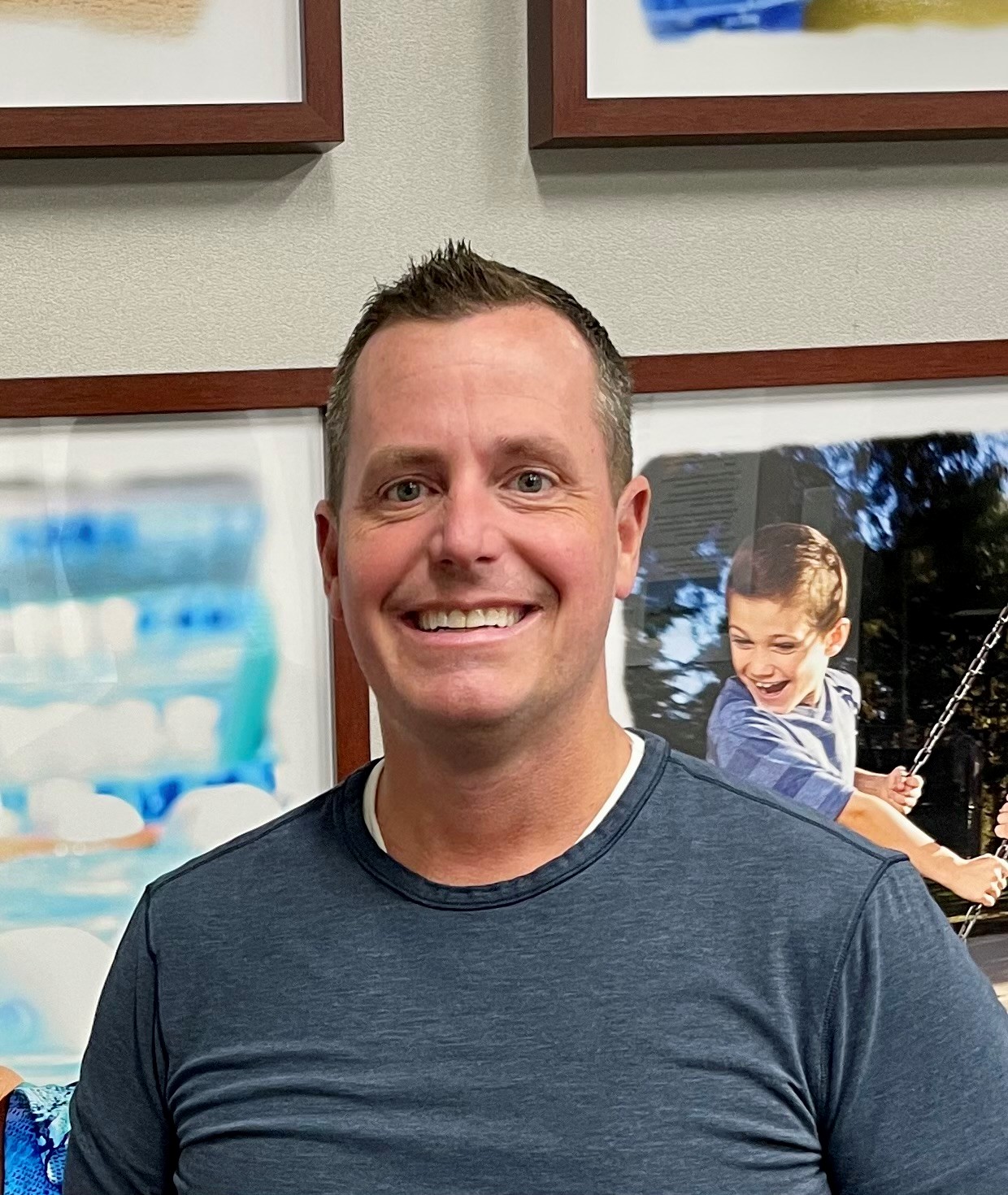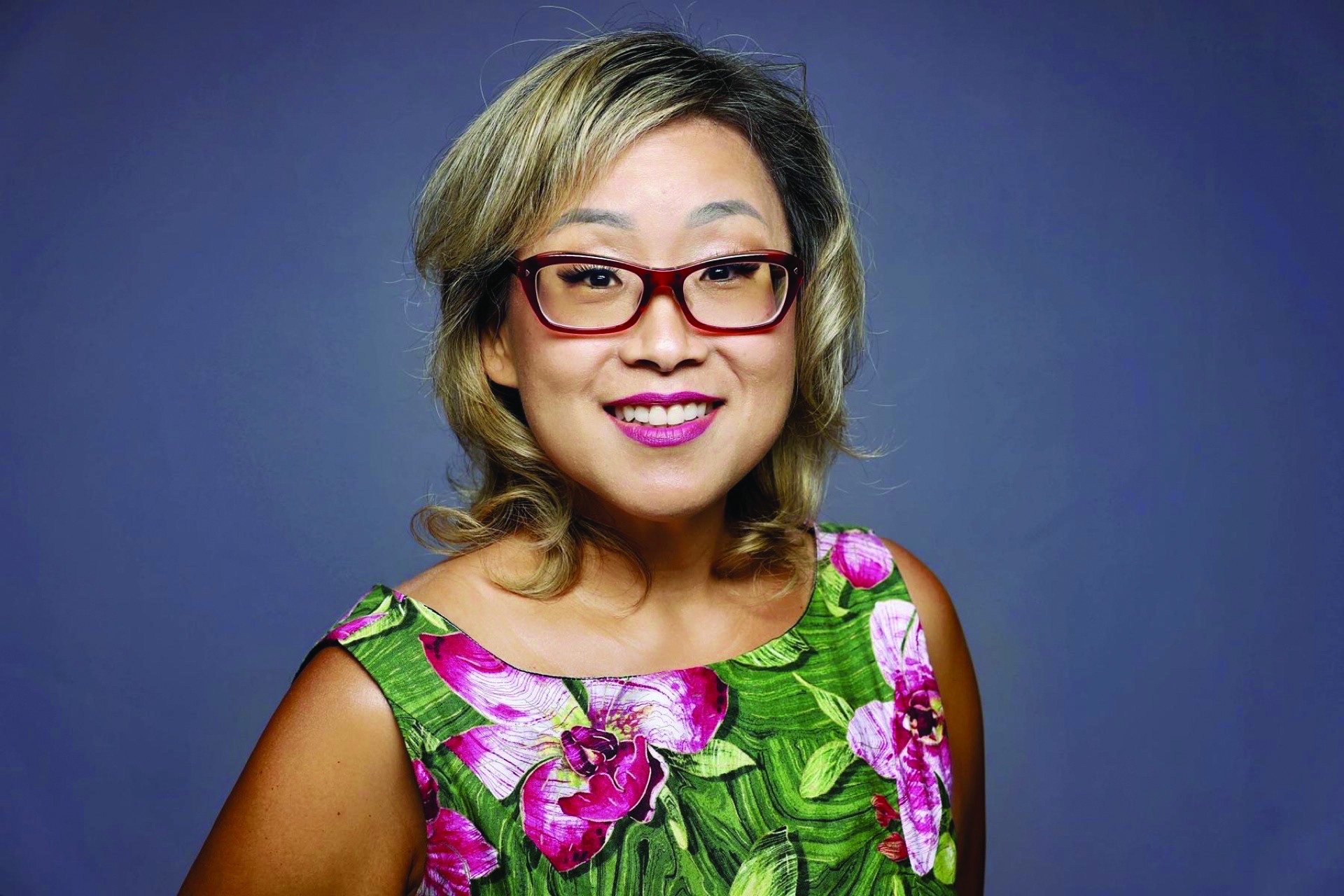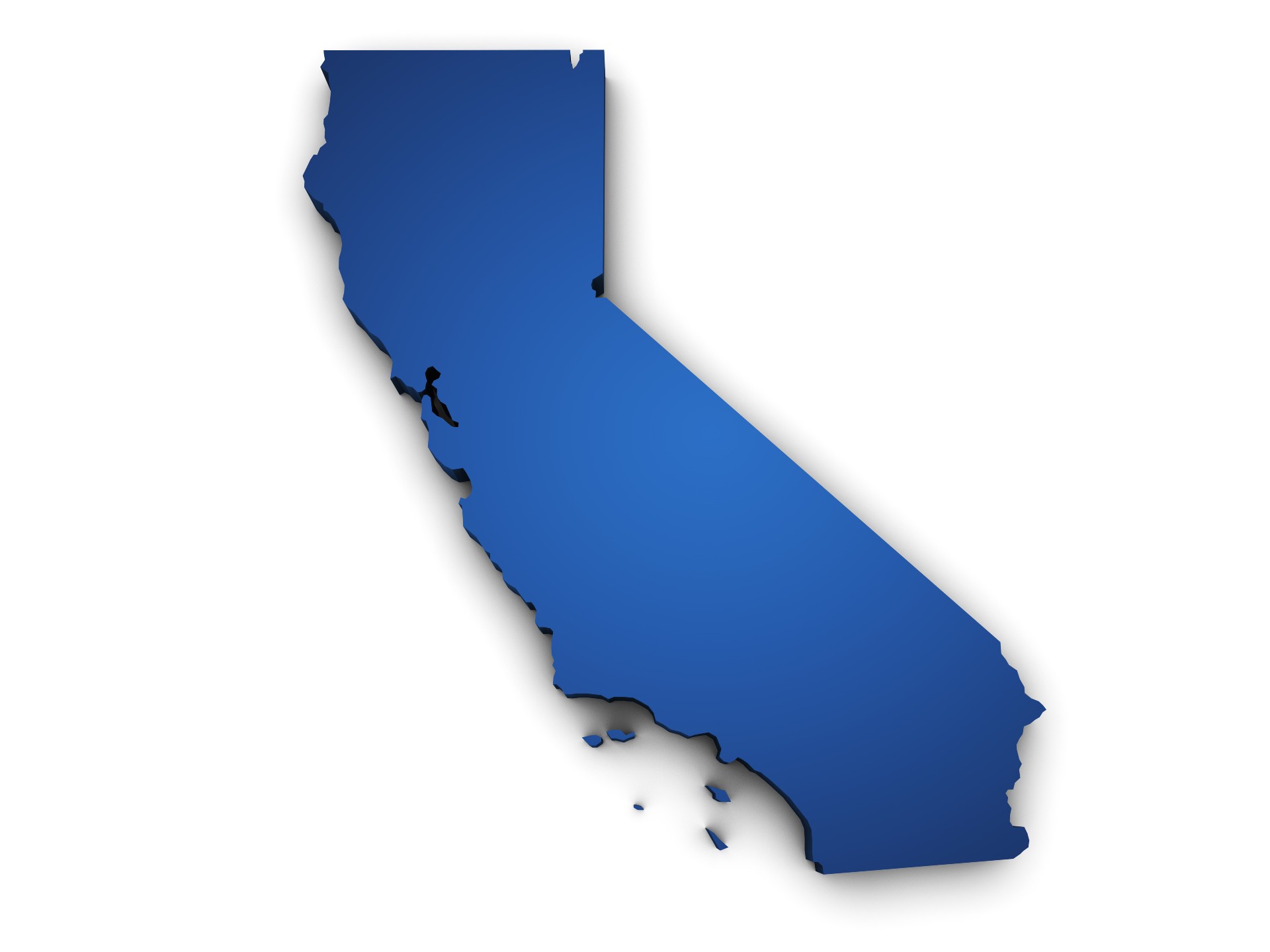Cory Hilderbrand was always the picture of ambition. And he was made for aquatics.
From timing his lifeguard training so he’d be certified right after his 15th birthday – the youngest age allowed – to pivoting from private to public facilities and taking on continuously larger teams, this year’s AOAP president has continually primed himself and those around him for growth.
After holding several aquatics management positions, Hilderbrand now is community services manager for the City of Irvine in California. Each career step has brought lessons that are important for any aquatics professional. As president of the Association of Aquatics Professionals, he’s overseen initiatives to help the group through the pandemic and prime it not only for its own future growth, but the continuing development of its members.
Beginnings
Like so many aquatics professionals, Hilderbrand was drawn into the profession first as a customer.
“I grew up swimming — I swam year-round,” he says.
By the time he was a teen, he knew this was more than a past-time. “I started [lifeguarding] class when I was 14,” he explains. “You have to be 15 by the last day of class – I took it as soon as I could.”
In short order, he added swim instructor to his job duties with the King County [Washington] Parks and Recreation Dept. He also did some open-water work on the lake-front beaches there and gained experience as a swim coach.
He moved on to a local private athletic club, where he served first as lifeguard supervisor, then aquatics director. He also did plenty of work with local competitive swim teams, including as head coach of the club’s Masters and age-group swim teams, and the local high school girls’ and boys’ teams.
Ready to expand his horizons, he decided to move to California and took a position as recreation supervisor of aquatics with the City of Carlsbad (Calif.) His work with a private club helped prime him for this new position.
“In Carlsbad, they had a park that they had long wanted to build and open,” he says. “It included a big aquatics center called Agua Norte Community Park. That came to fruition when I was there, with a 56-meter, eight-lane pool, then a 12-lane, 25-yard pool, a splash pad and a spa. The caveat is that they wanted the facility to make money and produce a profit. Coming from private business, we were told that’s what we always had to do.”
From his experience on the private side, Hilderbrand knew that money could be made running swim teams. So he and the Carlsbad staff stopped contracting out the work with the local masters program and brought that in-house, along with the pre-competitive swim program. “Then we created a lot of camps, birthday parties and other special events, and did quite well with our goals,” he says.
Expanding horizons
Seeking more growth, he took a position as aquatics supervisor with a larger municipality, the City of Irvine. In addition to its higher population, it boasted larger programs for learn-to-swim, youth and competitive sports. After four years, he became community services superintendent, which began to expand his experience. In addition to aquatics, he managed the city’s arts program, which included a fine arts center, a gallery, and studios dedicated to several art forms, such as print-making, ceramics and cooking.
It was his first time that he didn’t work just in aquatics, and the first time that he didn’t function as the subject-matter expert.
“It was a really good learning experience for me to take over something completely new and out of my comfort zone,” he says.
He was recently promoted to his current position, for which he oversees aquatics and human services, working with such populations and seniors and those with disabilities.
Working in new areas has brought experience that can help in the aquatics realm.
“Probably the biggest key for me was trying to hone my leadership style — being able to lead a team no matter what they’re doing and learn how to support them.”
Delegating and trusting others to be the experts is challenging for any manager. “I’ll be really honest, it was really hard at first,” he says. “I’ve always been the person who everyone turned to and said, ‘What do we do? What programs should we run, and what should we do next?”
Fortunately, the position came with an experienced and highly capable team. To help foster trust and an exchange of information and ideas among the team, they had lunch together most days, during which they updated each other on what they were doing and how they were going.
“That created a bond that allowed me to develop enough trust that I didn’t have to try to take over everything,” he says. “It’s really hard sometimes for me to not just dive in and take control, but it’s about them learning the process. So instead, I usually ask, ‘What can I do to help you? What do you need for support? What questions do you have?’”
And even in those areas where he does have the most experience and knowledge, he’ll often step back. “So now, instead of ‘Okay I’ll do it,’ it’s, ‘Let me walk you through the steps and help you learn who the people are and what it takes to get this done.’”
Year in AOAP
In his term as AOAP president, the association has focused on rebuilding some of the membership it lost during the pandemic and helping with profitability overall, through a number of membership drives.
At least as importantly, the group has worked to foster more involvement within the organization. During the pandemic, the group held virtual meetings that all members could attend. It is hoping to continue doing this quarterly, rather than just having the annual roundtables.
“Members can hear where we’re at, what’s going on and what our committees are working on, just trying to get more people actively engaged,” Hilderbrand says.
To help members with their professional development, AOAP also began its mentorship program, which has just completed its first cycle. Even though the cycle is technically over, he expects these relationships to continue. I recently chatted with my mentee, and we discussed how to continue on and keep meeting, because I’m learning from him and he’s learning from me.”



